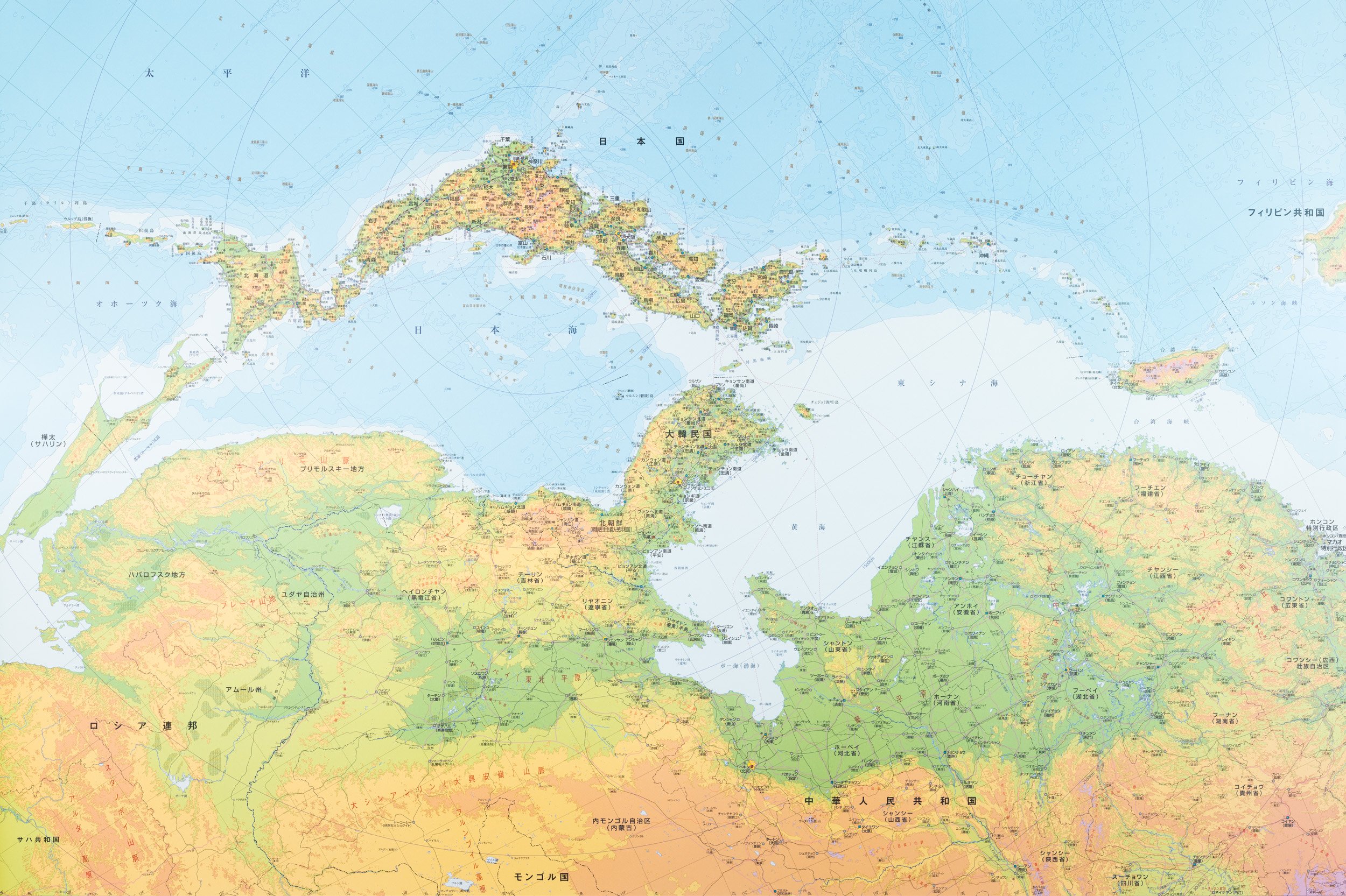
Shared Coasts, Divided Historiographies
Mobilizing People, Ideas, and Artifacts in the East Asian Mediterranean
この地図は富山県が作成した地図を転載・加工したものです。
This map is credited by Toyama Prefecture, Japan.
Exhibition Interwoven Coasts: Art as Dialogue in the East Asian Mediterranean
交差する海、響きあう文化ー東アジア地中海の芸術的対話
Art Exhibition
December 9 - 24, 2025
Venue: Fujii Gallery, Itō Campus, Kyushu University
Curated by Gloria Yu Yang and Anton Schweizer, this is the capstone event of the Getty-sponsored project Shared Coasts, Divided Historiographies. The exhibition is open at Kyushu University’s Fujii Gallery from December 9 to 24. Artworks by four artists—Uehara Michiko, Nema Satoko, Taira Yuki, and Komiya Yukina—explore artistic dialogues across the East Asian Mediterranean.
Decentering the East Asian Mediterranean
Moving Artists, Artefacts, and Concepts
International Symposium
June 30-July 1, 2025
Venue: Conference Room, 2F. College of Liberal Arts, National Taiwan University
Dear attendees of the symposium "Decentering the East Asian Mediterranean," you may have received an automatic message from Zoom that states "the Webinar has been rescheduled." Please register again using the same link. Everything else stays the same.
Opening Event - October 26, 2023
Kyushu University, Ito Guesthouse, Conference Hall
Thank you to all participants and guests for attending what was an exciting and vibrant beginning of our project.
This project aims at bringing together the next generation of art historians from the “East Asian Mediterranean”—here conceived as a geographic, historical, and cultural space of connections centering around the regions of Kyushu, Okinawa, Taiwan, and South Korea. We will explore exchanges of people, ideas, and artifacts in this geographical region during two historical periods, the First (1500–1850) and Second (1850–1945) Global Ages, respectively. We will revisit a history of continuous interaction, exchange, and transculturation in the fields of art, historiography, visual and material culture.
The project will bring together about 15 junior academics, primarily affiliated with an institution in or researching a topic related to East Asia, for a period of two-years, beginning in the fall of 2023. We will hold a series of lectures and reading workshops, embark on two travel seminars in the region of the “East Asian Mediterranean,” and build a digital mapping platform.
Hatsusaburō Yoshida (吉田 初三郎). Painting of Taiwan Grand Shrine, 1930.
Yi Taek-gyun. Books and Scholars’ Accouterments 책가도 (冊架圖). late 1800s. The Cleveland Museum of Art, Leonard C. Hanna, Jr. Fund 2011.37.
The lectures and reading workshops will be held in a hybrid format: in person at Kyushu University and online. The travel seminars will be held in person. Each of the two travel seminars lasts for about one week, the first one to headed for Kyushu and South Korea in May 2024. The second travel seminar will visit Okinawa and Taiwan in June 2025. During the travel seminars, we will explore sites, visit collections, engage with practitioner communities, and connect with institutions. By doing so we will build a lasting network that enables discussions, broadens our perspectives, and creates professional opportunities.







